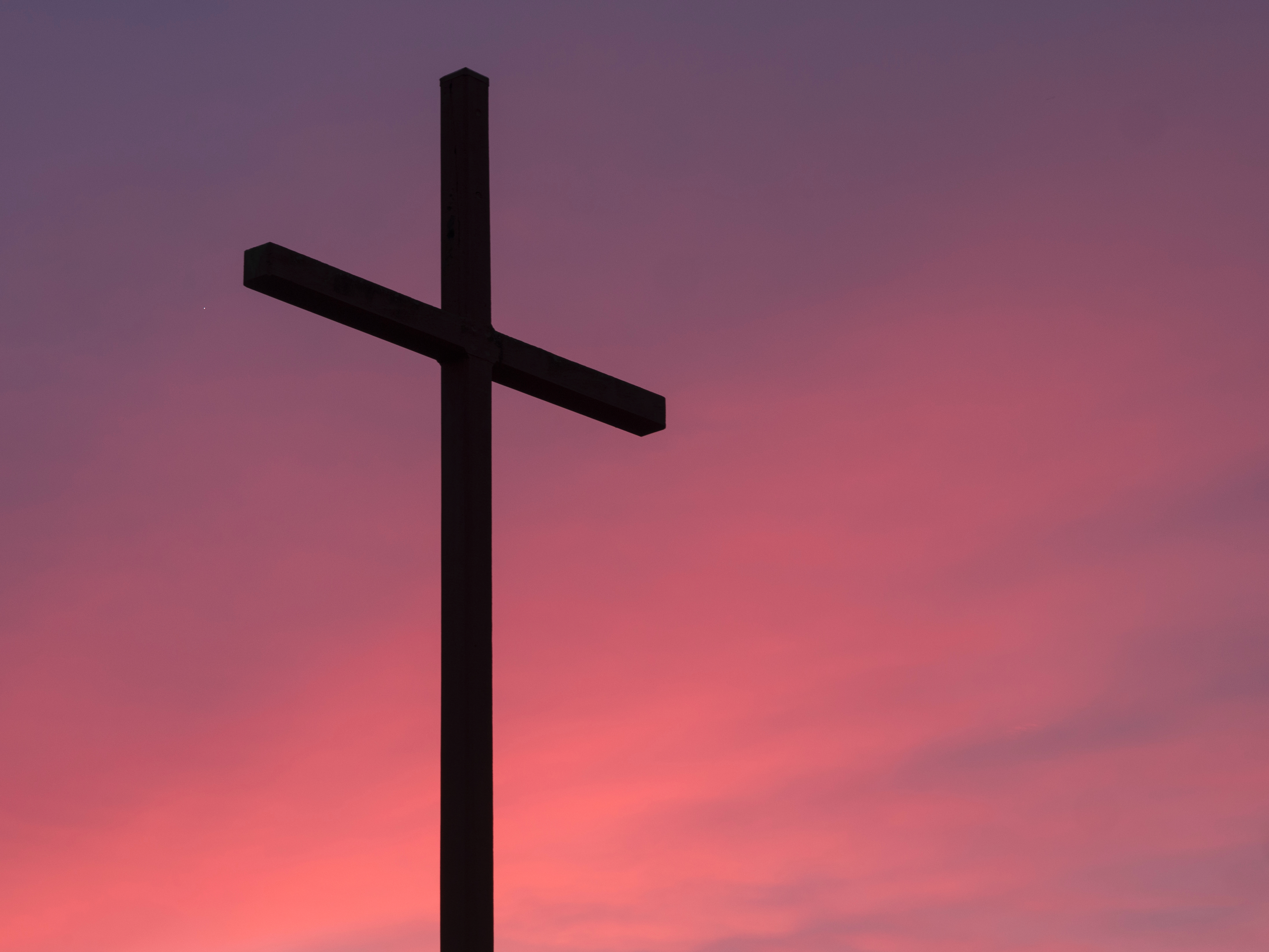The Cross

The Cross. Not only the universal symbol of the Christian Faith but is also venerated annually on Good Friday. Yet as we look back and read through our worship, we understand that the cross was an instrument of torture reserved for criminals during the time of Christ. Thus, many often ask, why do Christians remember so fondly the very thing that their Lord and Saviour died on? This is why Adam is a central figure in the Orthodox Worship. With Adam and Eve’s disobedience, man was forced to become slaves to sin and suffer the pain of death. However, in Genesis 3:15, God mentions that the woman’s seed will “strike your head”. This is in reference to Jesus himself, a descendent of the seed of Eve striking down the devil. However, to compensate till then, many during the Old Testament Period sacrificed animals as “it is the blood that makes atonement for one’s life” (Leviticus 17:11). Now what does this all mean in the context of Good Friday? Firstly, even after the Original Sin, God’s affection for humanity meant that he already planned to redeem us all and secondly, it would take the most powerful sacrifice to redeem all of mankind’s shortcomings. This is where Christ comes in; being God and Man, he lived blamelessly and therefore was a perfect sacrifice. Thus, the cross Christ died on was transformed as a symbol of sin and evil (crucifying criminals) to become the key to eternal salvation – that “he might bring us to God” (1 Peter 3:18). Just like the Cross, we are made anew and are promised a new life with the Risen Christ and when we honour the cross, we honour our “God who so loved the world that He gave His only begotten Son, that whoever believes in Him should not perish but have eternal life” (John 3:16).
The Malankara Orthodox Church commemorates the Great Friday by slowly meditating through the different flashpoints that made up the last day of Christ. We started off at 8 am with the Morning Prayer where we remembered Jesus being tried by the High Priest before the Third Hour, when Pilate allowed the Jews to crucify Jesus. After the Third Hour prayers are completed, the first procession occurs where we recall the arduous journey to Golgotha, followed by Jesus crucified at the Sixth Hour, Jesus dying on the cross at the Ninth Hour and the Sleeba Aradhana whereby the second procession takes place to reflect on the journey of Joseph of Arimathea and Nicodemus as they took the body of Jesus, and buried it. The service was led by Rev Father Phillip Thomas and Rev Father Jejis and was blessed by a good number of church members, our fellow Orthodox brothers and sisters and even those from other denominations and faiths. There is a reason that this day is commemorated by what was a seven-and- a-half- hour service; through the enriching songs, meaningful prayers and numerous opportunities to reflect on the sacrifice of our Lord, we were able to not only just recall past events but participate and experience the passion of our lord in the most heartfelt manner. Bitter juice and ‘kanji’ was what ended this pivotal day as we move towards Easter.
Joshua Varughese